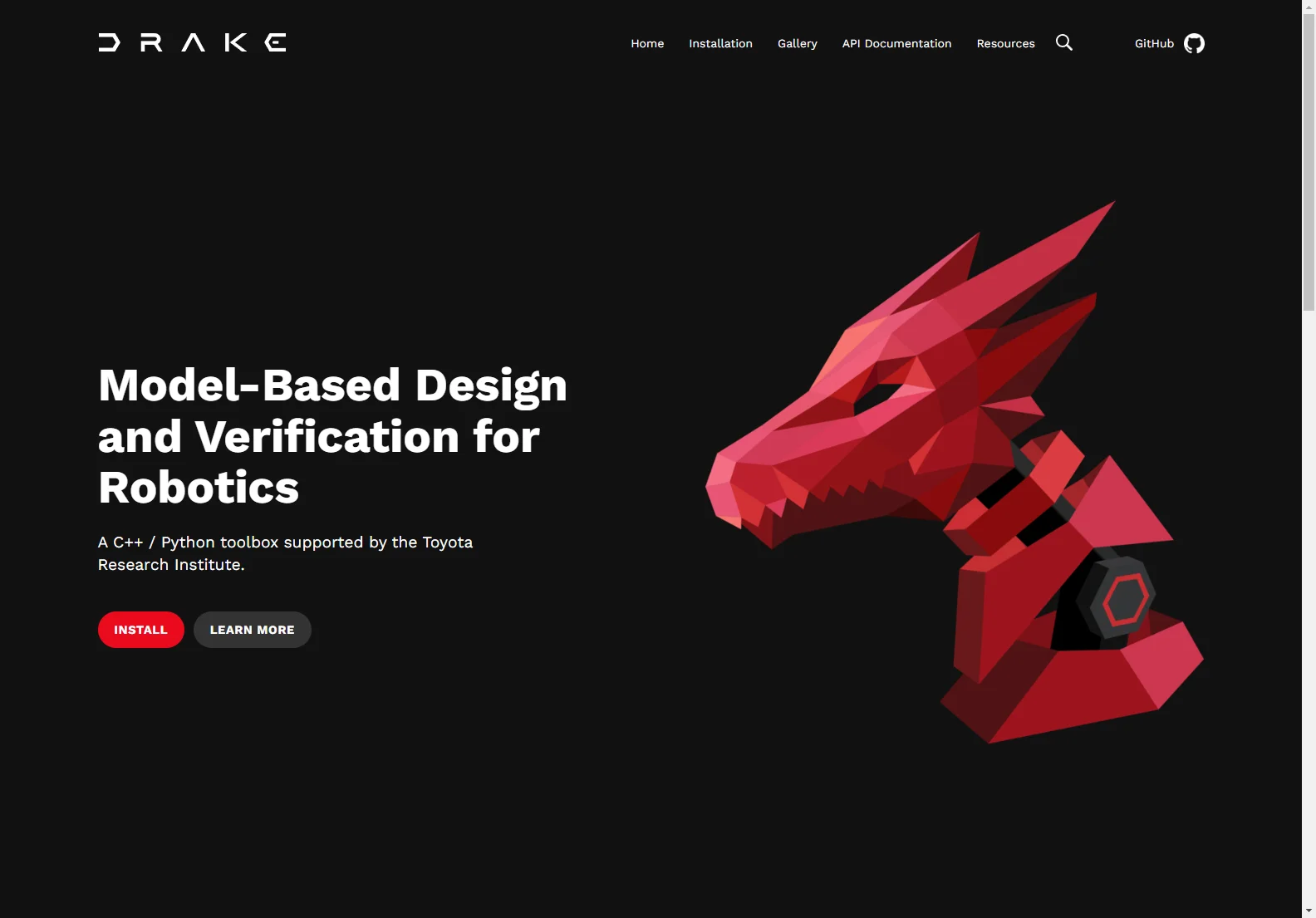Drake: A Powerful Tool for Robotics Design and Verification
Drake is a remarkable C++ toolbox that has its roots in the Robot Locomotion Group at the MIT Computer Science and Artificial Intelligence Lab (CSAIL). Now, with significant growth and core development led by the Toyota Research Institute, it has become a go-to resource for those involved in robotics.
Overview
Drake is not just another simulation tool. While many existing robotics simulation tools operate like black boxes, Drake stands out. It aims to simulate even the most complex dynamics of robots, including factors like friction, contact, and aerodynamics. But what really sets it apart is its emphasis on exposing the structure within the governing equations. This means making details such as sparsity, analytical gradients, polynomial structure, and uncertainty quantification available. This information is then crucial for advanced planning, control, and analysis algorithms.
Core Features
One of the key features of Drake is its interface to Python. This enables rapid-prototyping of new algorithms, allowing developers to quickly test and implement their ideas. Additionally, Drake provides solid open-source implementations for many state-of-the-art algorithms. It also offers a collection of tools specifically designed for analyzing the dynamics of robots and building effective control systems, with optimization-based design/analysis being a major focus.
Basic Usage
Drake offers Python-based tutorials using Jupyter notebooks, which are a great way for newcomers to get started. These tutorials can be viewed online for convenience. If you prefer to run them locally via pip, you can refer to the relevant documentation in drake/tutorials/README.md. There are also numerous use cases demonstrated in the source tree under drake/examples, and more available through the Drake Gallery. Moreover, examples of using Drake as an external library in your own projects are provided, covering various build systems and continuous integration setups.
In comparison to other existing AI solutions in the robotics field, Drake's focus on exposing the inner workings of the governing equations gives it an edge. It provides a more in-depth understanding of the robot's dynamics, which is essential for creating more accurate and efficient control systems.
Overall, Drake is a valuable tool that is constantly evolving with the contributions of its users, and it has the potential to greatly enhance the field of robotics design and verification.
